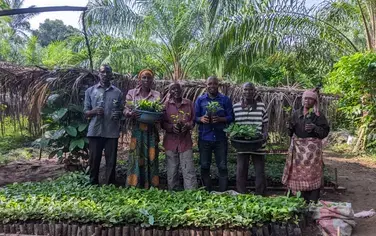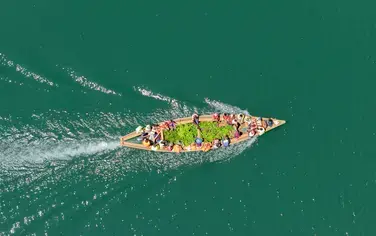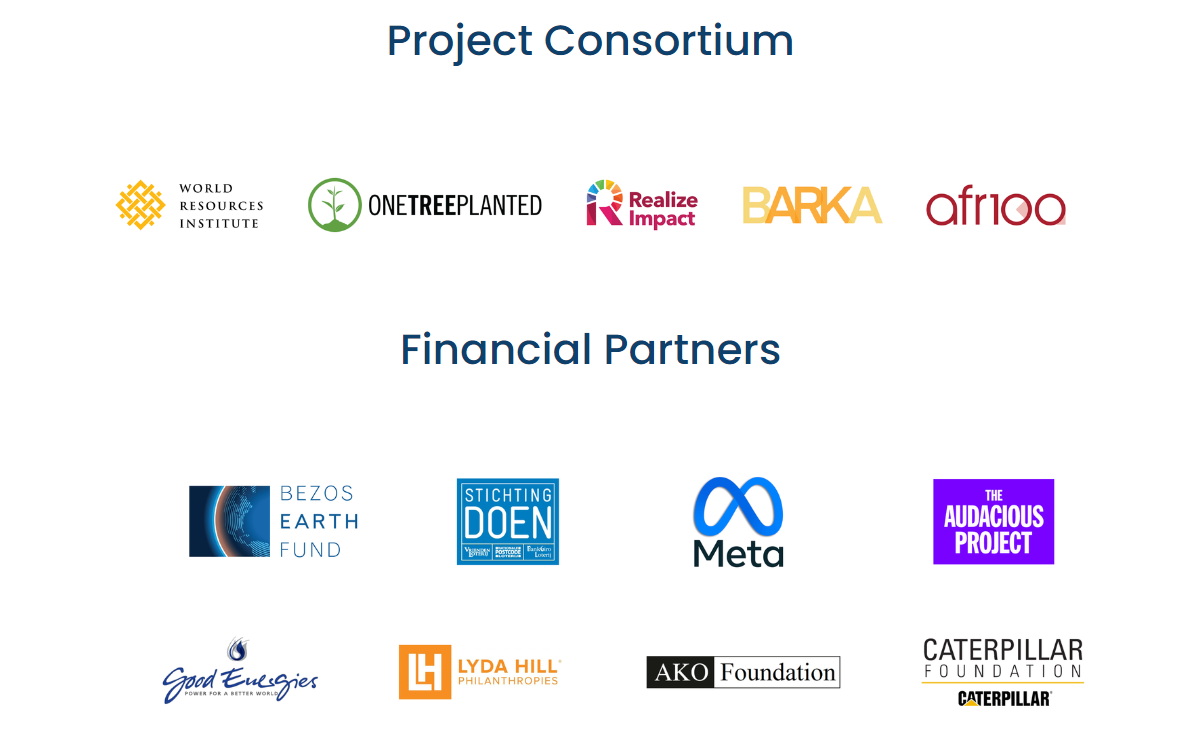Local Action For Land Restoration in Africa
African leaders recognize that the degradation of 65% of the continent’s agricultural land threatens economic and environmental ruin for millions of farmers. At the same time, the effects of climate change – lower crop yields, erratic rainfall, prolonged droughts – are making life harder for millions of people. That’s why African countries have pledged to begin restoring 100 million hectares of degraded land by 2030 through AFR100 .
Thousands of local innovators are now pioneering project and business models that show that restoration can create a prosperous, nature-positive future for Africa. Local leadership is key because communities manage nearly 70% of African land, and they know how to build ecologically and socially sustainable projects.
Africa’s Top Restoration Enterprises and Projects
These leaders need support. That is why a group of ambitious donors have capitalized TerraFund for AFR100 to finance the top 100 African non-profit community organizations and for-profit businesses that are restoring trees to suitable African landscapes. They will provide funding of $50,000 to $500,000 in the form of grants and loans to each of these innovators.
This is the first concrete investment in the second phase of AFR100, with the goal of restoring 20 million hectares by 2026 to bring an estimated $135 billion in benefits to 40 million people. By COP27, partners are looking to mobilize the first $2 billion in flexible capital and debut a new financial architecture that can facilitate investment in hundreds of organizations that support smallholder farmers.
In two short weeks, the team received applications from more than 3,200 of these organizations from 31 countries. They requested an average of $145,000 to restore 200 hectares and grow 100,000 trees each. From this group, a consortium organized by World Resources Institute, One Tree Planted, and Realize Impact selected the first cohort of 100 non-profit community organizations and for-profit small businesses that are restoring land by growing trees.
These restoration champions employ a wide variety of tree-based restoration techniques, ranging from agroforestry (growing trees on farms to improve food security) through assisted natural regeneration (helping trees grow back to revitalize biodiversity). You can meet them below.






